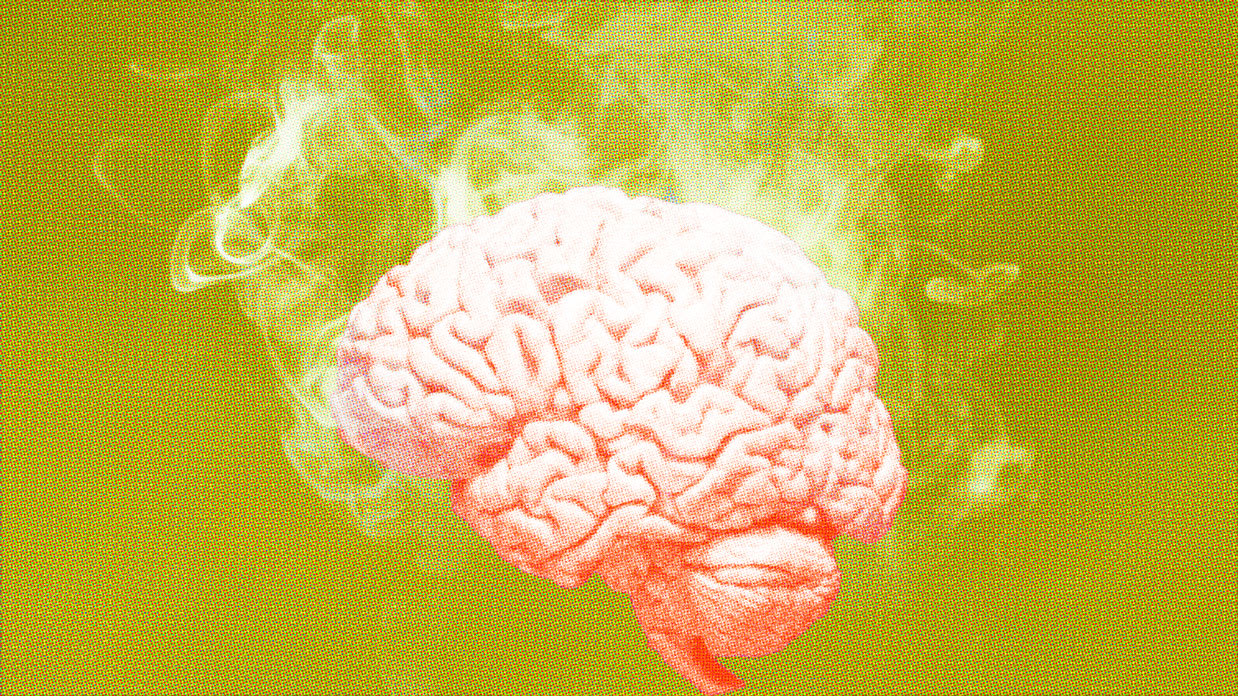Contagious yawning: Resistance is futile
It happened this past week -- a yawning gap in our knowledge filled at last.
Humans do it ... chimps do it ... even educated dogs do it. We all do it: We all tend to start yawning when we see, or even hear, someone else yawning.
And in the latest issue of the journal Current Biology, a group of researchers sets out to solve the mystery of contagious yawning.
Don't yawn now, pay attention!
The researchers showed 36 adults video clips of people yawning, and then instructed them to alternate between trying to resist their own yawns, and yawning as much as they liked.
What the researchers concluded is that instructions to resist yawning INCREASE the urge to yawn.
In other words, fighting contagious yawning can actually FEED contagious yawning.
No wonder we all do it!
From Current Biology:
"The key findings from the study can be summarized as follows. First, the instruction to resist yawning proved to be only partially successful. Although it led to a significant decrease in the number of full yawns observed, there was a significant increase in the number of stifled yawns recorded. Furthermore, when the numbers of full and stifled yawns were combined into a single measure, the difference between the resist and allow conditions was not statistically significant. Nonetheless, urge-to-yawn estimates increased significantly when participants were instructed to resist yawning. This is consistent with the proposal that urges for action are chiefly associated with actions that cannot be realized immediately and must be held in check. Together, these findings demonstrate that the instruction to resist yawning significantly increases the urge to yawn and alters how the yawn may be expressed (i.e., stifled yawns rather than full yawns), but it does not alter the individual's propensity for yawning.
"Second, the propensity for contagious yawning was shown to be strongly predicted by individual variability in TMS measures of cortical motor excitability and physiological inhibition recorded from the hand area of the primary motor cortex.
"We suggest that these findings may be particularly important in understanding further the association between motor excitability and the occurrence of echophenomena [the automatic imitation of another's words or actions] -- observed in a wide range of clinical conditions, e.g., epilepsy, dementia, autism, and Tourette syndrome, that have been linked to increased cortical excitability and/or decreased physiological inhibition."






